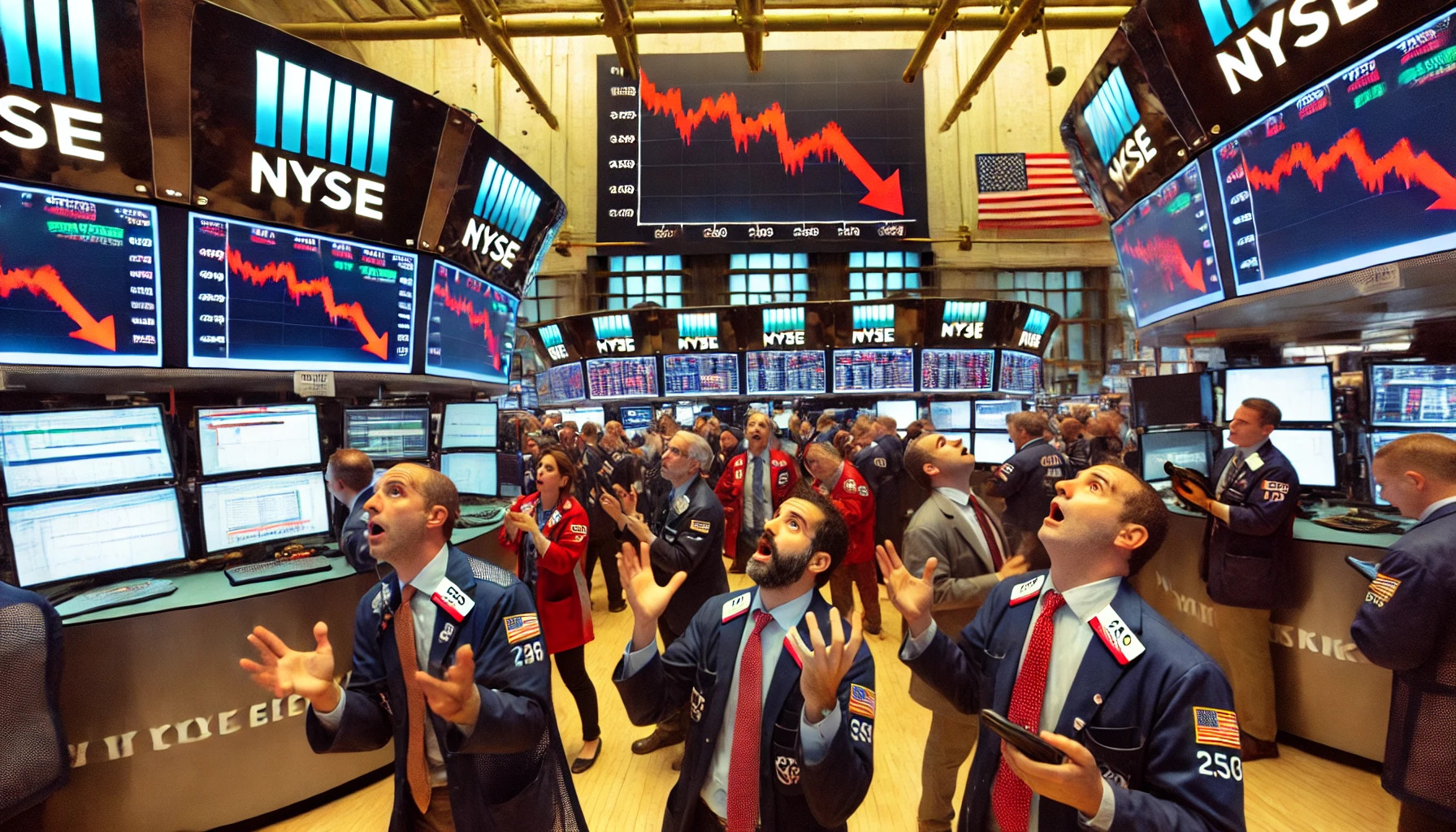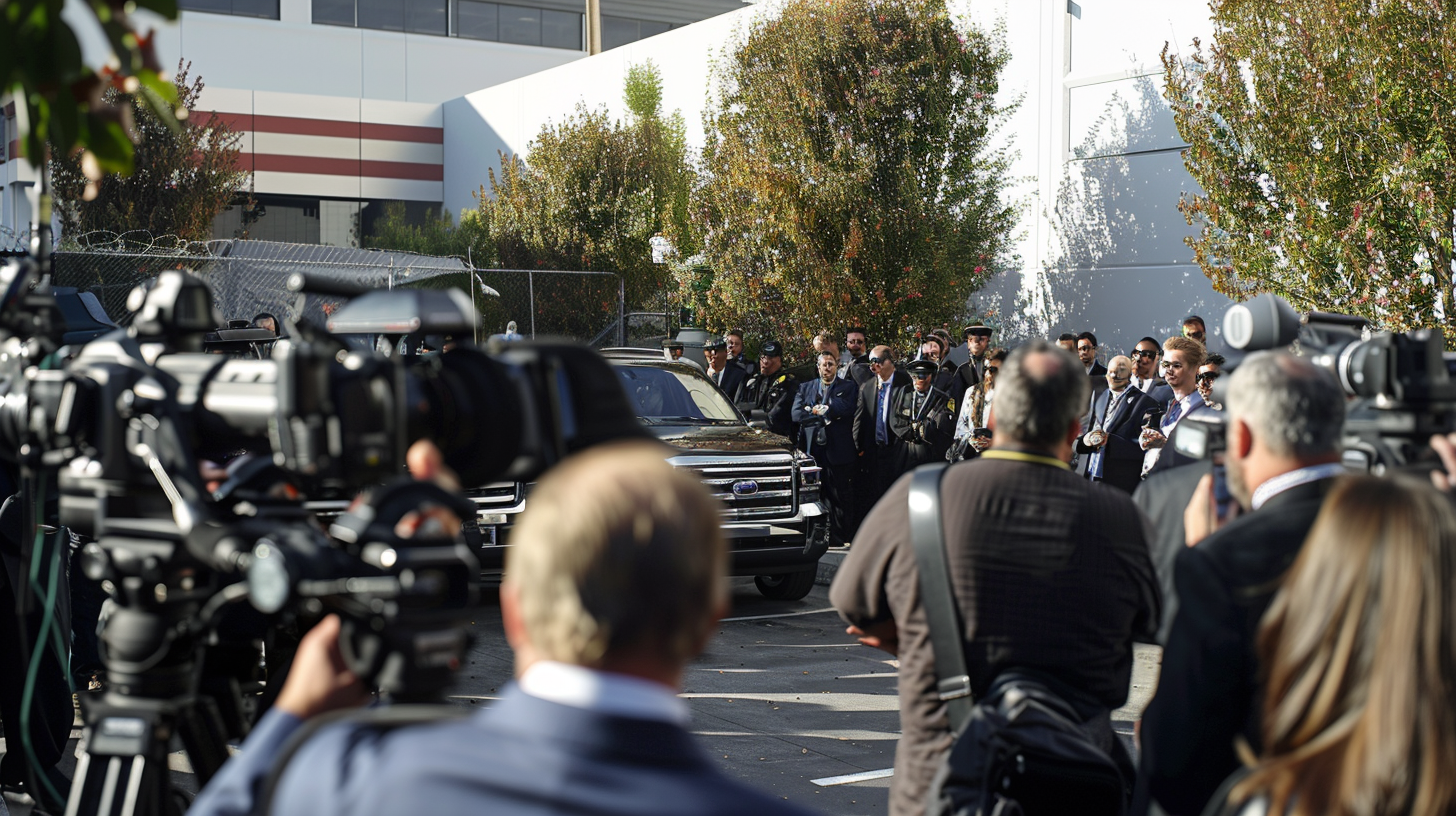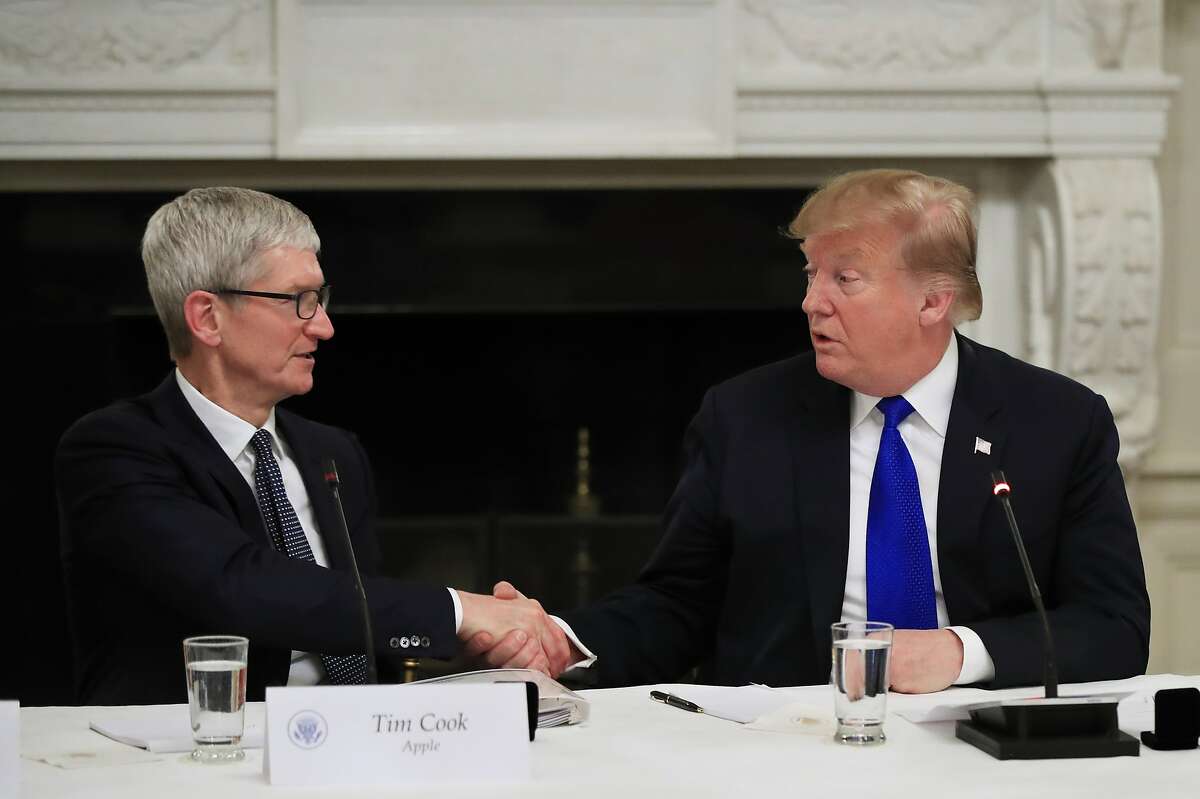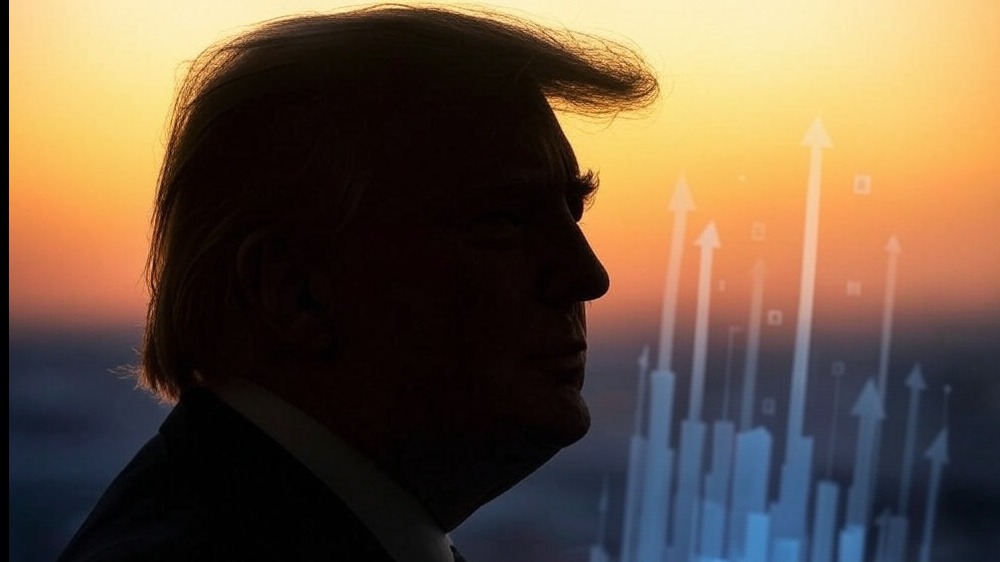| Key Points: – The U.S. added 177,000 jobs in April, beating expectations and holding the unemployment rate steady at 4.2%. – Wage growth slowed slightly, easing pressure on the Federal Reserve amid ongoing inflation concerns. – Tariff impacts on jobs may not be fully visible yet, but early signs suggest employers are holding steady. |
The U.S. labor market showed surprising resilience in April, even in the wake of President Trump’s sweeping “Liberation Day” tariffs that unsettled financial markets and raised fears of economic slowdown. According to the Bureau of Labor Statistics, the U.S. economy added 177,000 nonfarm payroll jobs last month, beating economists’ expectations of 138,000. The unemployment rate remained unchanged at 4.2%, maintaining stability in the face of mounting trade and inflation concerns.
Wage growth was slightly softer than anticipated, with average hourly earnings rising 0.2% over the prior month and 3.8% year-over-year. While these figures were modestly below forecasts, they suggest continued income gains without reigniting inflationary pressure — a welcome balance for policymakers and investors alike.
Markets responded positively to the data. Major indexes rose in early Friday trading, as investors interpreted the report as a sign that the economy may weather the storm from Trump’s tariff strategy better than initially feared. The CME FedWatch Tool showed reduced expectations for an immediate rate cut, easing pressure on the Federal Reserve to act in response to short-term volatility.
Sector-Level Trends Highlight Economic Rebalancing
A closer look at industry-level data reveals both strength and shifting dynamics within the labor market. Healthcare once again proved to be a cornerstone of job creation, adding 51,000 positions in April. The transportation and warehousing sector also saw a notable rebound, gaining 29,000 jobs after a sluggish March, possibly linked to pre-tariff import activity that boosted freight demand.
The leisure and hospitality sector, which has seen uneven recovery since the pandemic, added 24,000 jobs, signaling that consumer demand for services remains strong. However, federal government employment fell by 9,000 amid ongoing changes tied to the Trump administration’s Department of Government Efficiency (DOGE) initiative. Overall government hiring, including state and local positions, rose by 10,000.
Revisions to March’s job gains showed a slight decline, with the updated total now at 185,000, down from the previously reported 228,000. Still, the broader trend remains steady: the U.S. has averaged 152,000 job additions per month over the past year — enough to sustain growth without overheating the economy.
Timing Matters in Evaluating Tariff Impact
While Friday’s data offered a reassuring picture, economists caution that it may not fully capture the impact of the April 2 tariff announcement. Because payroll data is based on employment status during the pay period including the 12th of the month, many businesses may not have had time to implement layoffs or hiring freezes in response to the policy shift.
Still, early indicators suggest employers have not moved swiftly to cut staff. Initial jobless claims, while ticking up slightly in late April, remain relatively low. Private sector hiring data from ADP showed only 62,000 new jobs in April, the lowest since last July, suggesting a possible lag in response from employers.
Outlook for Small and Micro-Cap Investors
For investors focused on small and micro-cap stocks, April’s labor report offers a cautiously optimistic signal. Employment strength — especially in transportation, healthcare, and services — supports consumer demand and business stability. However, uncertainty tied to trade policy and inflation remains a risk factor. As the second quarter unfolds, close attention to hiring trends, inflation data, and Fed decisions will be critical for navigating market volatility and spotting growth opportunities.












